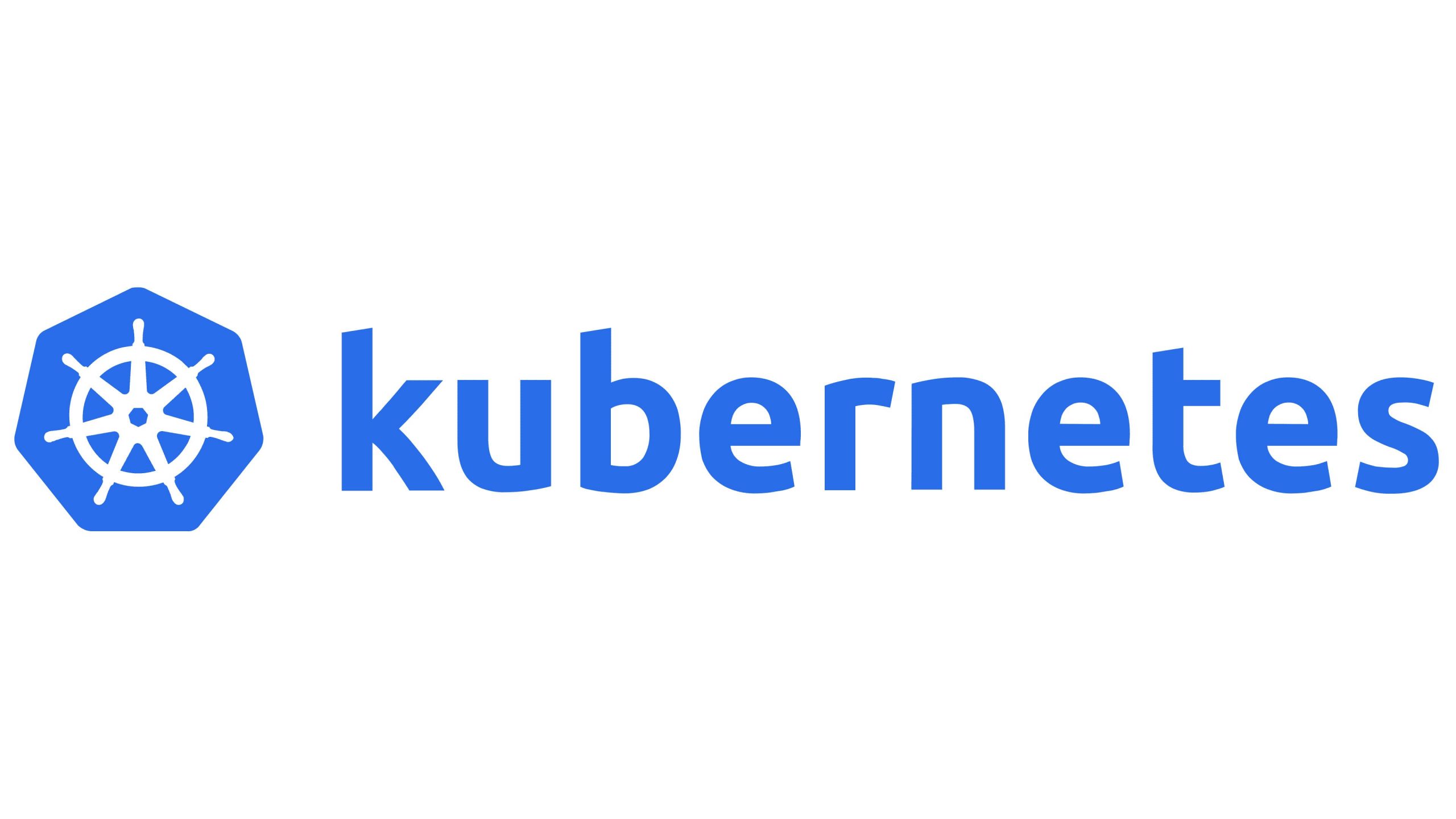Introduction:
Kubernetes Services play a crucial role in enabling communication between different parts of an application or between applications within a Kubernetes cluster. In this comprehensive guide, we’ll explore what Kubernetes Services are, why they are essential, and how to define and use them effectively.
1. What are Kubernetes Services?
In Kubernetes, a Service is an abstraction that defines a logical set of pods and a policy by which to access them. It provides a stable endpoint (IP address and port) to interact with a group of pods, abstracting away the underlying complexity of dynamic pod IPs.
2. Types of Services
There are several types of Kubernetes Services, each serving different use cases:
- ClusterIP: Default service type. Exposes the Service on an internal IP in the cluster, allowing other components within the cluster to communicate with it.
- NodePort: Exposes the Service on a static port on each node’s IP. It creates a route from outside the cluster to a Service within the cluster.
- LoadBalancer: Exposes the Service externally using a cloud provider’s load balancer. It automatically assigns an external IP and configures the load balancer to route traffic to the Service.
- ExternalName: Maps the Service to a DNS name, allowing you to reference external services from your cluster.
3. Creating a Basic Service
Here’s an example of a simple ClusterIP Service:
apiVersion: v1
kind: Service
metadata:
name: my-service
spec:
selector:
app: my-app
ports:
- protocol: TCP
port: 80
targetPort: 8080Explanation:
- selector: Specifies which pods the Service should target. In this example, it targets pods with the label
app: my-app. - ports: Defines the ports to expose.
portis the port on the Service, andtargetPortis the port on the pods.
Apply this configuration using:
kubectl apply -f service.yaml4. Accessing Services
- Internal Communication: Pods within the cluster can communicate with each other using the Service name and port.
- NodePort Access: When using NodePort, you can access the service externally using any node’s IP and the assigned NodePort.
- LoadBalancer Access: When using LoadBalancer, the external IP provided by the cloud provider routes traffic to the Service.
5. Scaling Services
Services are decoupled from the underlying pods. Scaling the number of pods does not impact the Service configuration. The Service dynamically manages the set of pods it routes traffic to based on the defined selector.
6. Deleting Services
To delete a Service, use:
kubectl delete service my-serviceConclusion
Understanding and effectively using Kubernetes Services is fundamental for building scalable and resilient applications. Whether it’s internal communication, exposing services externally, or providing a stable DNS name, Services play a central role in Kubernetes networking. Customize Service configurations based on your application’s requirements to achieve optimal communication within your Kubernetes cluster.


